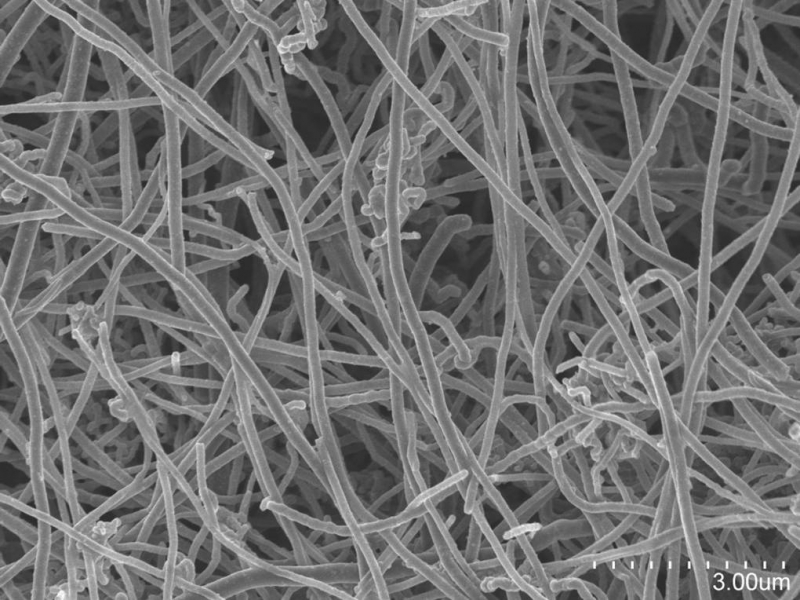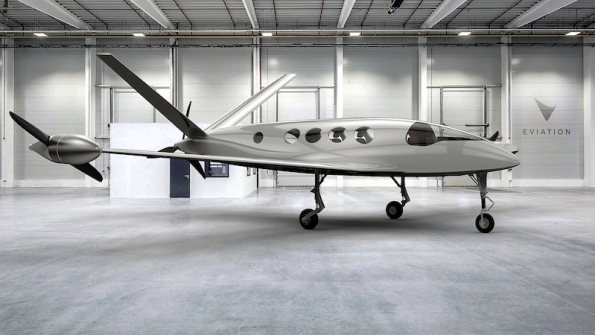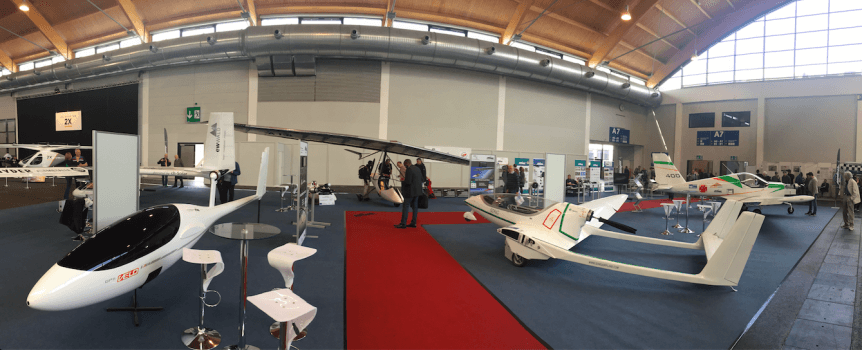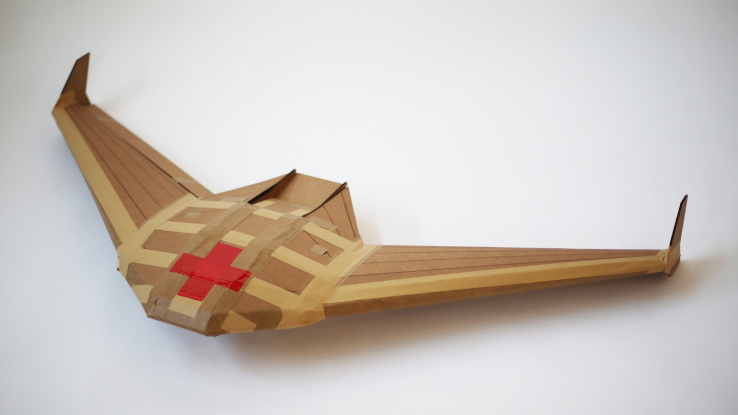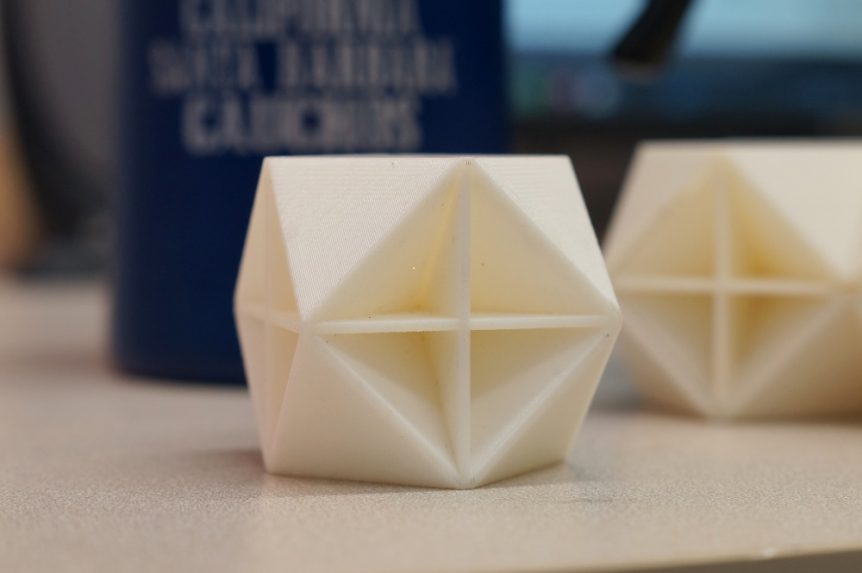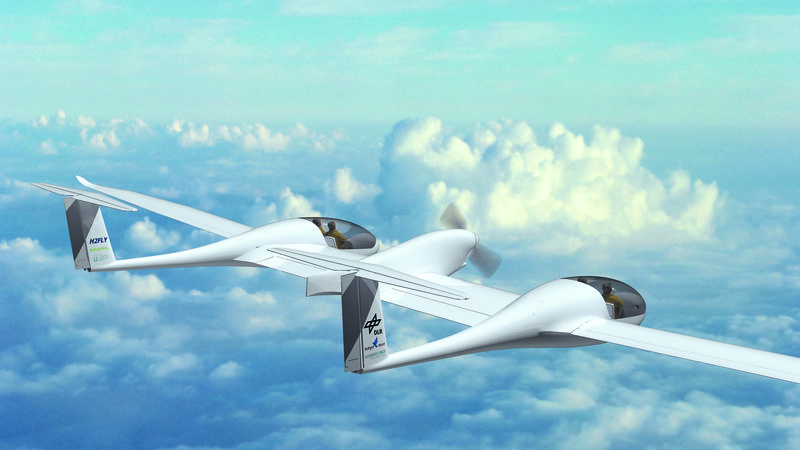Climate scientists have tracked the growing percentage of carbon dioxide (CO2) in the air, and noted a correlation between that rise and global warming. Scientists from Michael Mann to Benjamin Santer have measured the changes in CO2 levels against climate change, with 97 out of 100 climate scientists accepting that human activities and rises in CO2 (and other greenhouse gases such as methane) are affecting our overall climate. Not to start an argument about this matter, this entry looks at a novel method of removing CO2 from the atmosphere and using it to make possible carbon materials that would be used in aerospace and other components. The question of carbon removal usually includes some method of storing it. Futurism.com has a great overview (too large to display here) that shows those methods. One enterprising group of scientists avoids the costly and difficult means of carbon storage and instead focuses on retrieving carbon and turning it into carbon wool, a usable …
What We’re Looking Forward to at AirVenture 2017
We’re looking forward to seeing progress in electric aircraft, and this year may be an opportunity to see real breakthroughs. Two from Pipistrel Besides its regular lineup of high-quality aircraft, Pipistel will have two Alpha Electro trainers on display in their display area. This is the first time these aircraft will be seen in America, and they’ll be at the right of AirVenture’s main entrance gate in sites 86 and 87. In the Ultralight Area Mark Beierle will display and fly Bravo, Richard Steeves’ e-Gull. This red, white and blue gem features a power system made from Zero Motorcycle components and boasts an impressive rate of climb and exceptional short field capabilities. Another ultralight, the EMG-6 developed over the last few years by Brian Carpenter of Rainbow Aviation/Adventure Aircraft, will show off the REX 30 MGM-Compro motor from the Czech Republic. The units, with their matching controllers, power dozen of different types of aircraft in Europe, from paramotors to Light …
EViation Electric Aircraft: Demanding Disruption
Aviation Week reports from the Paris Air Show on a “disruptive” entry in electric aviation. Eviation, founded by Omer Bar Yohai, is primed to deliver a change in transportation as we know it. Yohai says, “The dominant solutions available today are deeply flawed and demand disruption.” The company’s promotional video only hints at the company’s intentions. Their vision statement on their web site, though, indicates a skyward aspiration: “Making electric aviation the fast, competitive and clean answer to on-demand mobility of people and goods.” Aviation Week’s Noam Eshel quotes Bar Yohai as saying, “We design, test and build the tools that will enable future of regional transit by air, changing consumers’ perception of both distance and time. Five years from now, EViation is set to enable cheap, high-speed, sustainable and convenient regional commuting using light aircraft, tightly integrated with on-demand ground transport solutions. Currently, a sub-scale prototype is undergoing testing and risk-reduction evaluations. The company expects its first firm orders …
A Swan among the Ultralights
At this year’s Aero Friedrichshafen, Modern Wings showed off their Swan Ultralight, a nicely packaged machine that can fly on either fossil fuels or electricity. Of course, we’ll feature the electric version here. The Swan E115-22 is an electrically-powered airplane of 115 kilograms (253 pounds) empty weight powered by a 22-horsepower motor. That empty weight puts it solidly into U. S. FAR Part 103 territory and SSDR (single-seat deregulated) requirements in Great Britain, and a 120 kilogram (264 pound) version complies with Regulation 120 in Germany. Maximum takeoff weight is 300 kilograms (660 pounds), heavier than the 524 pounds Part 103 allows, and possible legal depending on how local FAA inspectors view batteries as part of empty or total weight. Designers chose a high-wing, tractor-propeller configuration to help keep newcomers out of trouble, and crafted a nicely streamlined pod and boom with neatly faired landing gear. This helps enclose the pilot, “…For smooth, pleasant flights without a heavy and expensive …
Lilium Flies a Quick Demonstration
Lilium, a 36-motor electric VTOL aircraft, made initial test flights near Munich, Germany.
Five Representative Exhibitors at the E-Flight Expo
Aero, an annual event at Friedrichshafen, Germany, highlights the beginning of the European air show season. E-Flight Expo has been a regular part of this for the last several years, and displays the latest in electric flight technology. Certainly the most forward-looking part of the show, the Expo grows every year. Several exhibitors helped further the advanced look this year. MGM Compro With at least five aircraft powered by their electric power systems on display, MGM Compro showed great market strength. The Czech firm has 16 of its motors atop each Volocopter 200, with one as a propulsor in the tail. Their motors power the Magnus e-Fusion aerobatic trainer, several GP gliders, the S.R.O. Song motorglider, and any number of hang gliders and paramotors. Votec Evolaris Two former students of the Bern University of Applied Sciences, Patrick Wälti and Steven Dünki, manage the Evolaris project, with an aerobatic craft as their ultimate output. They’ve designed and built their own 200 …
Otherlab’s Cardboard Drone – “A Pizza Box… Shaped into a Wing”
A disposable drone that will make a one-way trip to a disaster area won’t add to the suffering if it dissolves within a few weeks of delivering its life-saving cargo. That’s the promise of the “Aerial Platform Supporting Autonomous Resupply Actions” (APSARA), currently being developed by Otherlab, a San Francisco-based group specializing in next-generation creations. Funded by DARPA (the Defense Advanced Research Projects Agency), APSARA is part of their ICARUS program (Inbound, Controlled, Air-Releasable, Unrecoverable Systems). The acronyms are becoming overwhelming. Disposable medical supplies are a commonplace in today’s clinics and hospitals. A recent chat with a nurse elicited her concern that medical supplies were so readily disposable. Latex or nitrile gloves, single-use syringes, and protective paper covers and wraps make up a considerable amount of medical waste each year. The materials have the benefit of being inexpensive, though. That’s part of the thinking behind APSARA. Instead of a costly powered drone that would represent a significant loss if it …
Metamaterial Knows No Bounds
Jonathan Berger has come up with a foam structure that will make it more than the ephemeral filling in composite construction sandwiches. Isomax™ foam could be the entire structure because of its unique geometry. He claims it to be the world’s first material to achieve structural performance predicted by theoretical bounds. His letter in the journal Nature describes the geometry Berger and his collaborators created to enable such lightness, strength, and versatility. Berger, a postdoctoral researcher at UCSB’s mechanical engineering department, worked with mechanical engineering professor Robert McMeeking and materials scientist Haydn N. G. Wadley from the University of Virginia to prove the ideas Berger first conceived in 2015. This solid foam, “a combination of stiff substance and air pockets,” uses three-dimensional pyramid and cross cell geometry to achieve high stiffness. The ordered cells are set apart by walls forming three sides and a base, and as octahedra, reinforced inside a “cross” of intersecting diagonal walls. This “mostly air” structure …
SA Symposium 2017 – An April Festival of Electric Flight
April 21 and 22, 2017, set your GPS for N 37° 31′ 20.84” W 122° 15′ 38.31” – the Hotel Pullman San Francisco Bay. The refined and beautiful setting and four-star accommodations make a grand accompaniment to the story we will share. The story of the 2017 Sustainable Aviation Symposium includes the latest in aerodynamics, electric power and energy storage. It’s a grand and sweeping review, told by talented intellects in the context of using the latest technology to help save the planet. A few exemplars of the program highlight this year’s story, “ A Keynote Address from a Master Designer Tine Tomazic, Director of Research and Development for Pipistrel, created the G4 to win the 2011 Green Flight Challenge, the Alpha Electro Trainer, and the Hypstair hybrid speedster. His pioneering forays into electric power have made him a leader in development of everything from airframes to instrumentation. What will he come up with next? He might share that at …
Flying (Quietly) Like a REAL Bird!
Not Just an Academic Exercise Justin Jaworski, Lehigh University assistant professor in the Department of Mechanical Engineering and Mechanics, P.C. Rossin College of Engineering and Applied Science, writes, “From antiquity to Harry Potter, owls continue to captivate and mystify us. Perhaps owls’ most mysterious feat is their ability to fly silently, which enables them to both sneak up on prey and hunt on the wing using their ears alone. For over 80 years, silent owl flight has been linked to a set of unique plumage features, but only recently have the mechanisms to suppress the ‘swoosh’ noise from owl wings been addressed in earnest.” This suppression of noise ensures that prey hunted by owls never know what hits them. The doves that frequent your editor’s deck, for instance, have no such noise-limiting features, and make quite a racket when the door opens for their morning feeding. Likewise, a pair of Mallard Ducks who’ve decided to blend in with the small …

